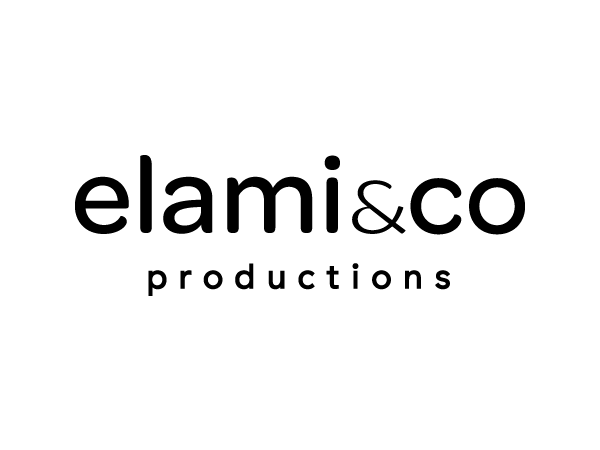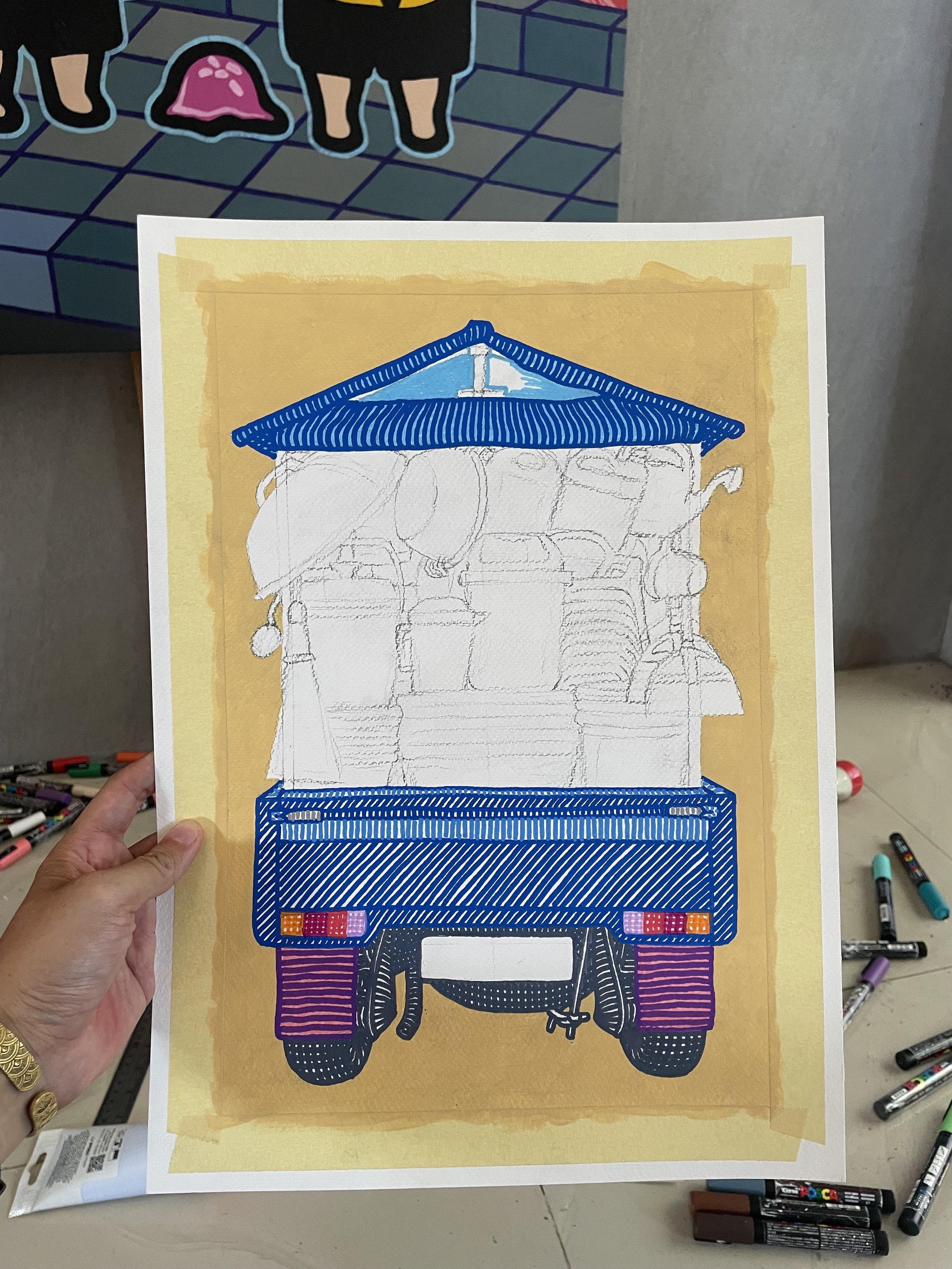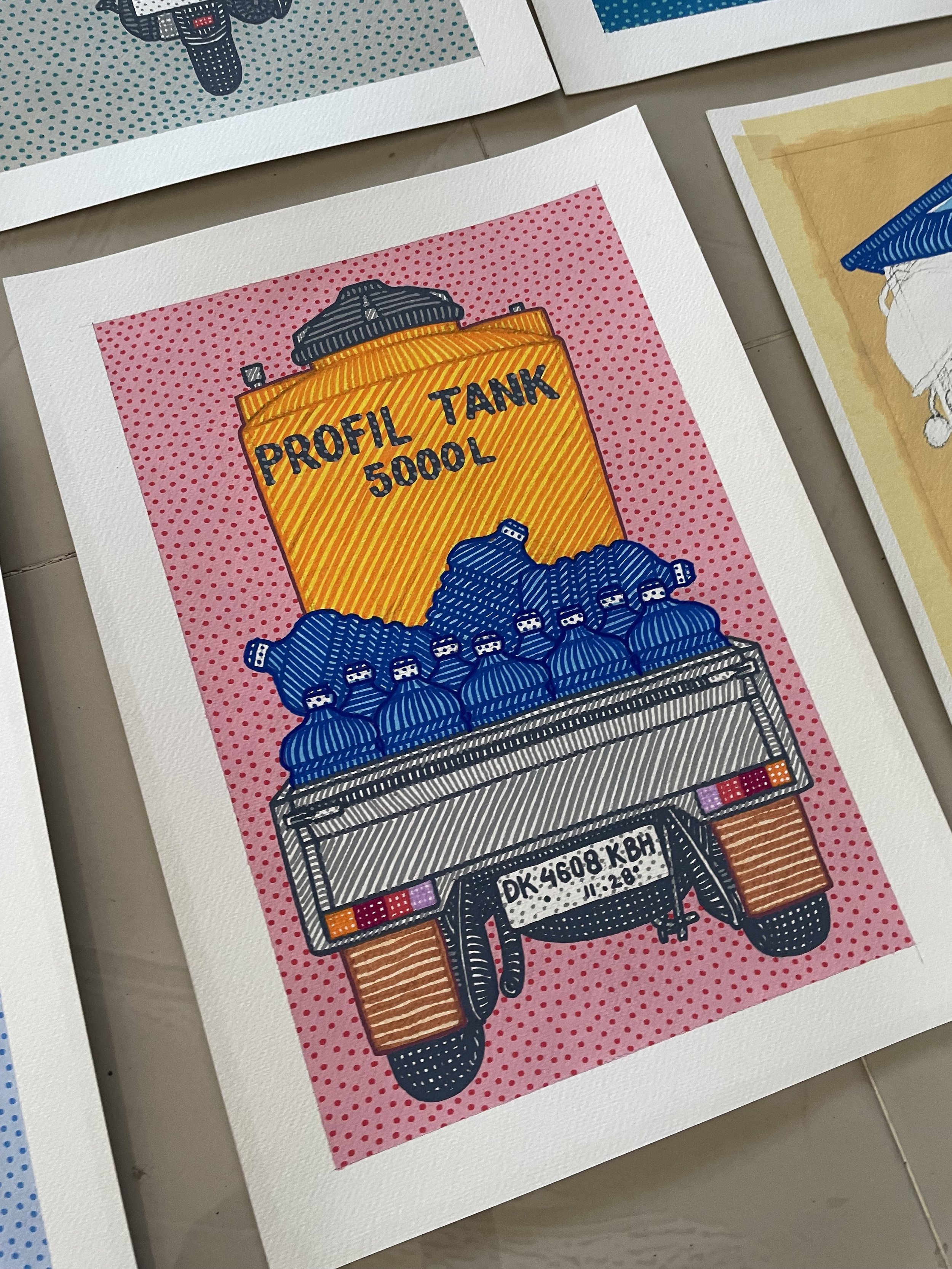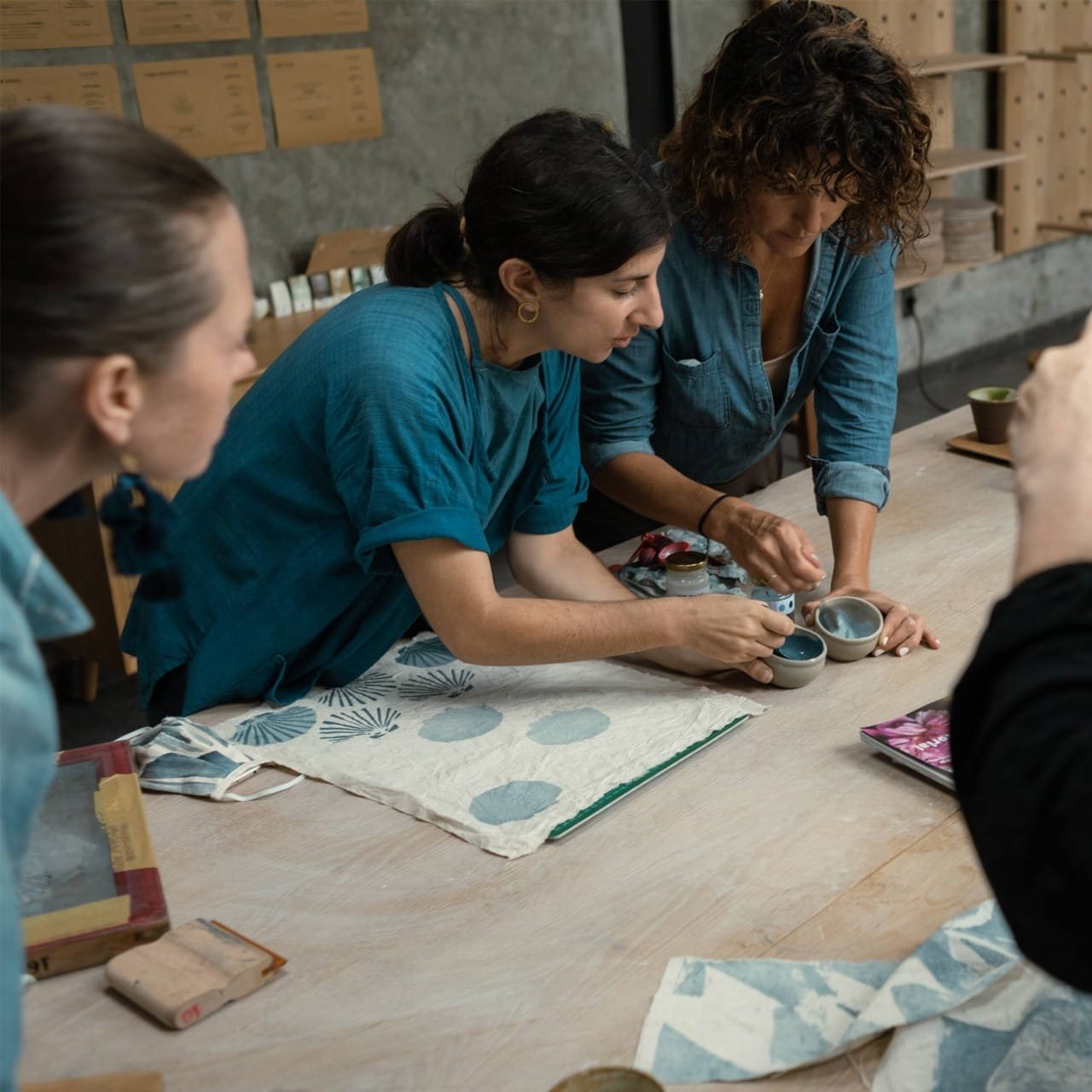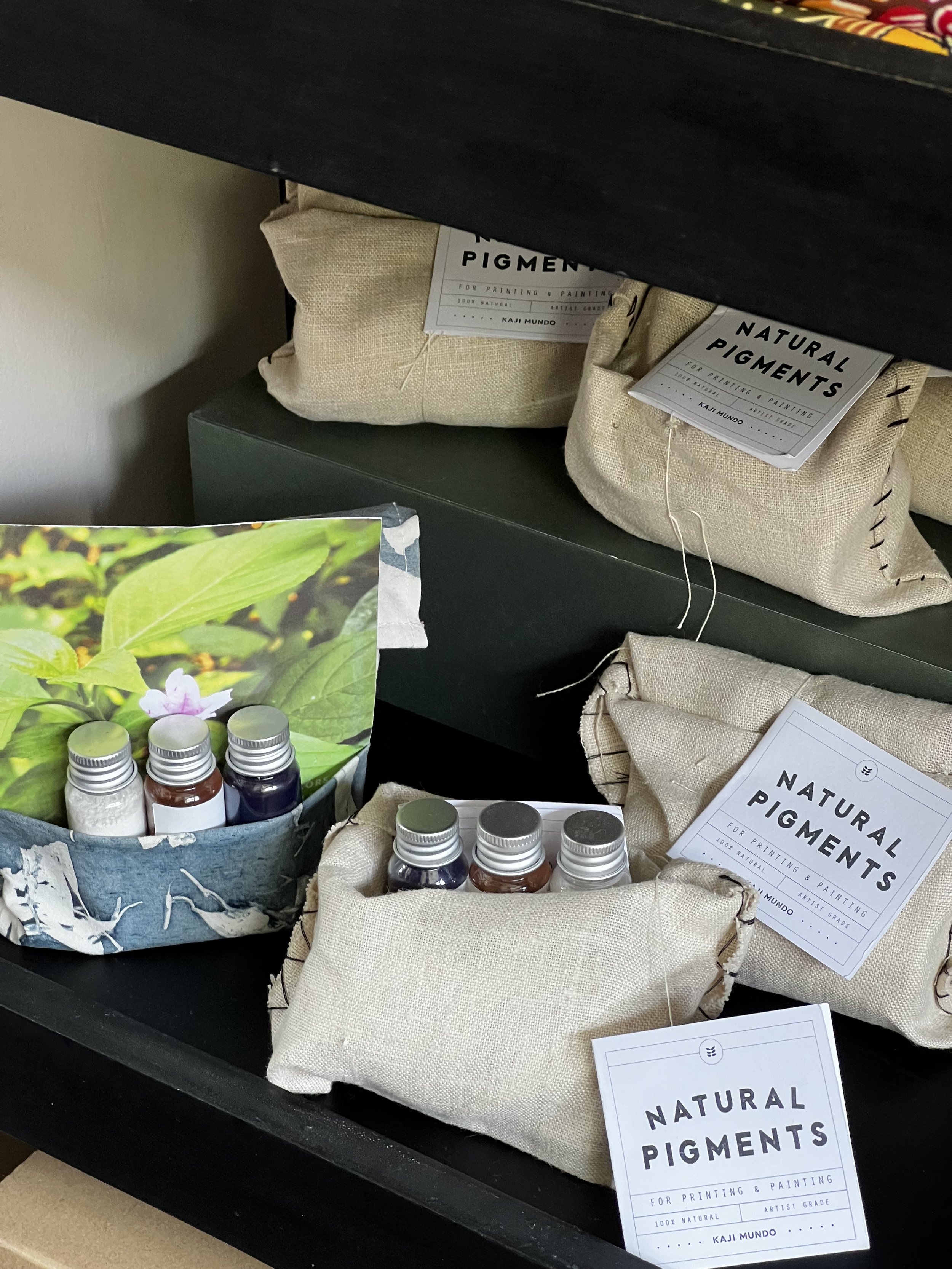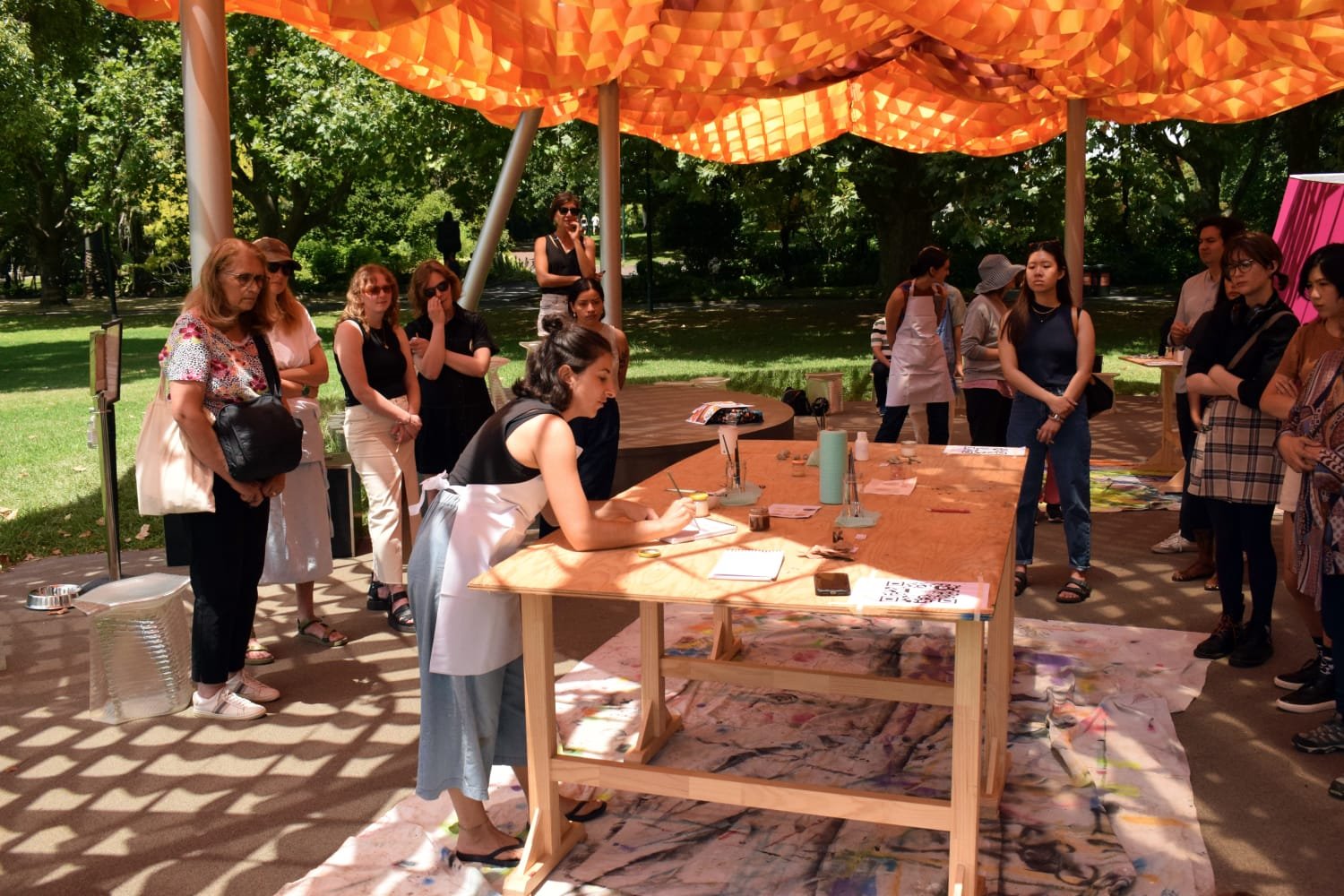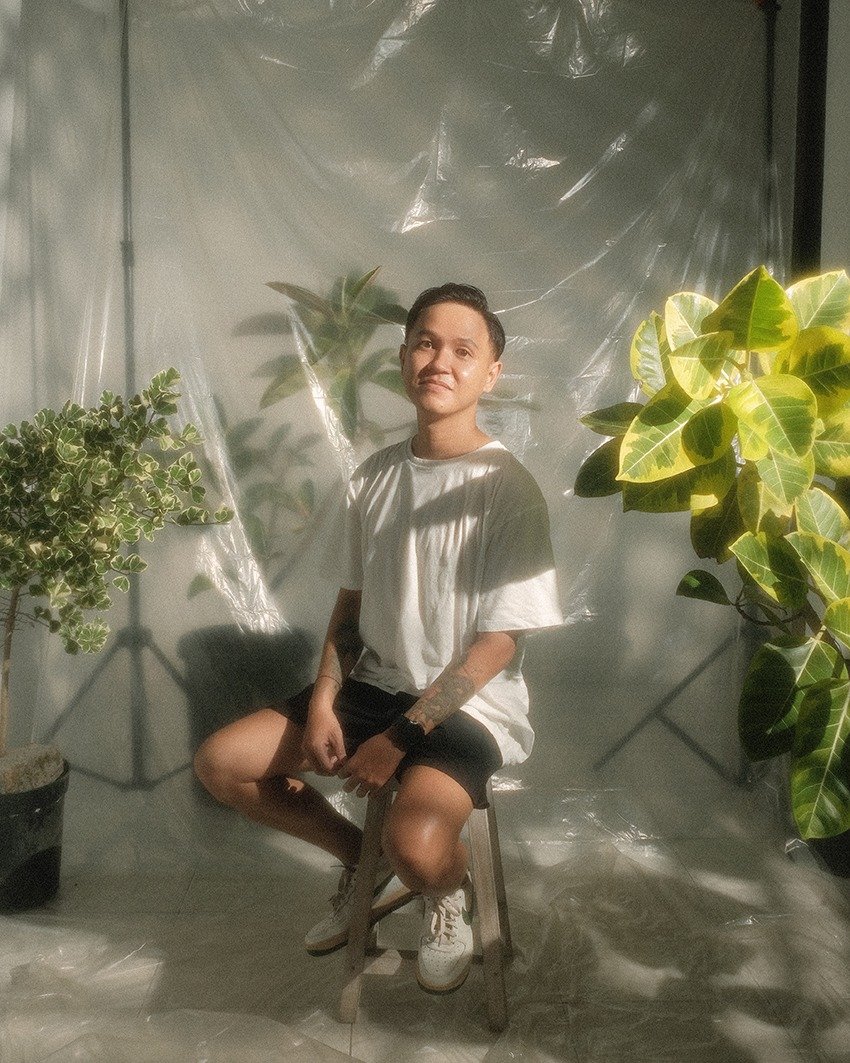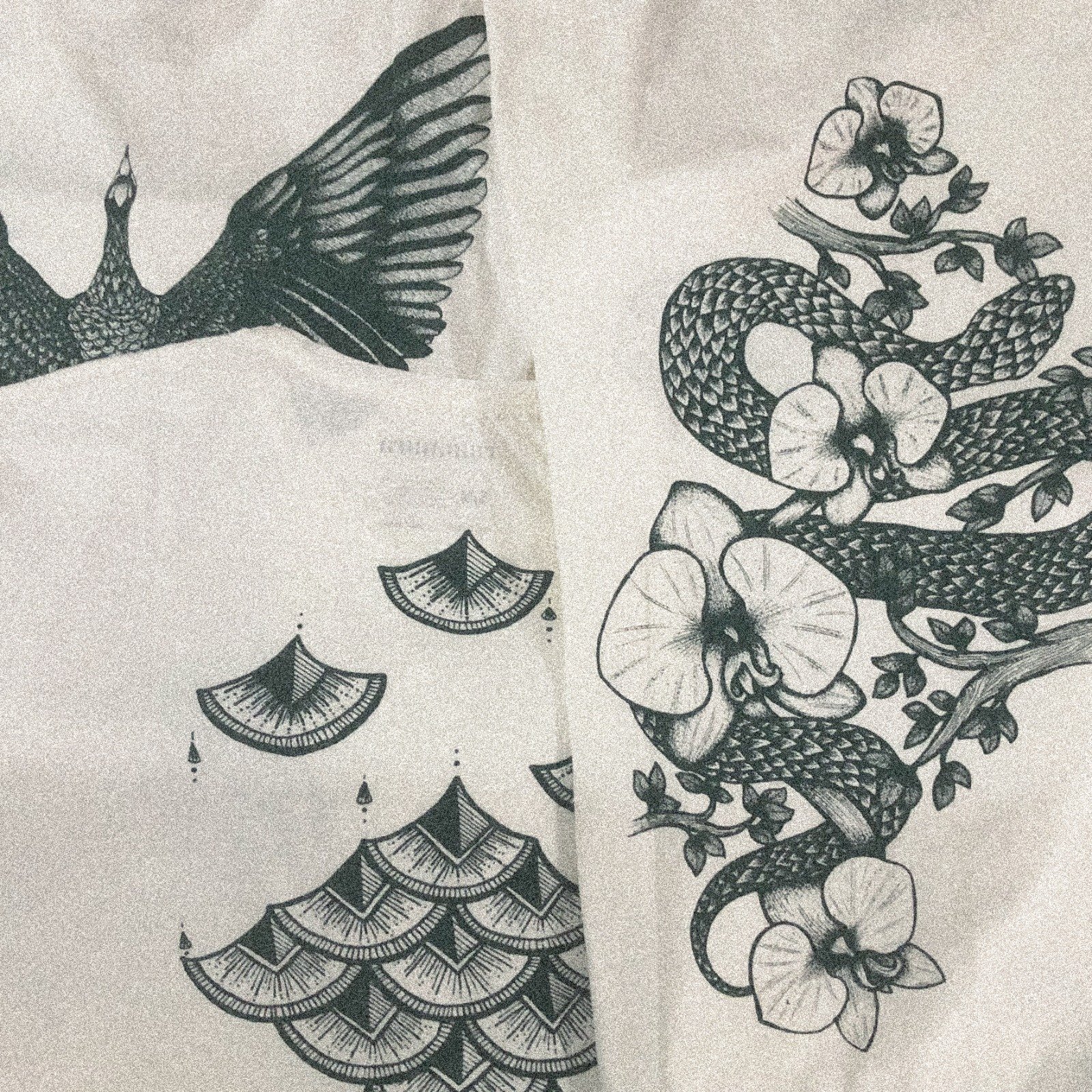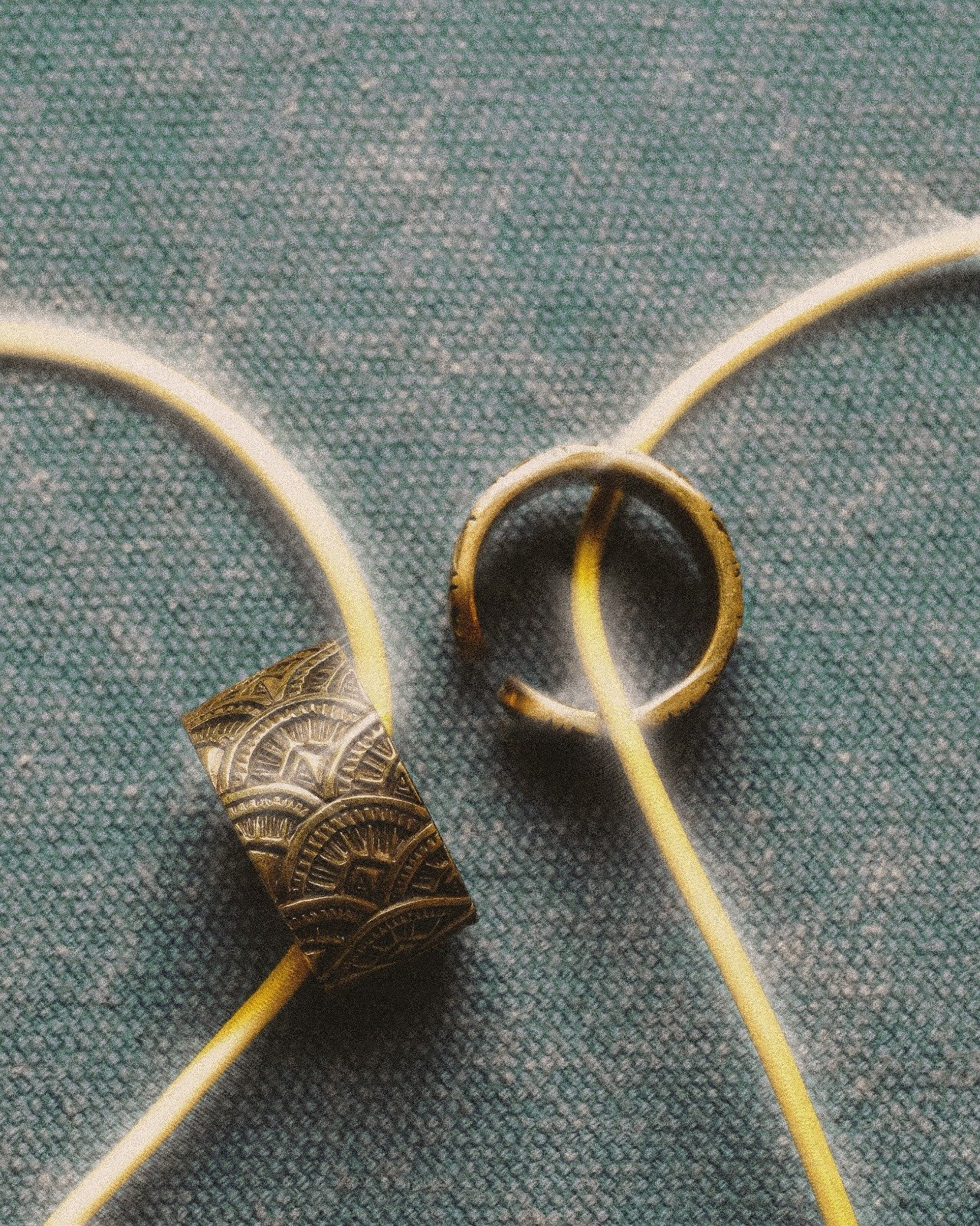Get to know: Dodit Artawan, artist and observer
/We chat with Dodit Artawan as we are about to launch our Toko Elami x Dodit Artawan Bali Macet Playing Cards. Dodit Artawan, a Bali-born artist, challenges traditional expectations of Balinese art with his unique and vibrant creations. Using paint markers, he transforms common sights from Bali's streets and everyday domestic objects into colorful, intricate works of art. Artawan's pieces are characterized by meticulous lines and dots, with each object featuring detailed etchings.
Your work often features everyday objects from Bali's streets. How do you choose which items to focus on in your art?
From an aesthetic perspective, I am interested in consumer products, their packaging design and their colors. I like to see objects (industrial products) displayed in shops on the side of the road, such as plastic products with bright colors, grocery stores, mini marts, food stalls, repair shops, souvenirs, street food, retail shops. I like how they display their merchandise, piled up on the floor, all the way to the sidewalk, stacked in glass cabinets, on the walls or hanging on the ceiling.
Likewise with the phenomenon of how people carry excessive goods (overloaded) on motorbikes or pick-up cars. Which we often encounter in road traffic jams, unique and interesting in terms of composition, very aesthetic, but it’s dangerous when you’re on the road.
I'm just trying to adopt to how modern society has become dominated by consumerism. People are celebrated for participating in this consumer culture, where shopping and material pleasures are almost impossible to resist. This consumer-driven and hedonistic lifestyle is both addictive and intoxicating. My observations are as commentary on how globalization has led local cultures to embrace foreign influences, thus displacing their own culture.
Can you walk us through your creative process, from selecting an object to completing a piece?
The creative process comes from the habit of seeing random things on the street, from people's daily activities or random things on the internet. Sometimes I take photos using my phone camera, or from the internet just as a reference. But for the purposes of composition in the works, I use my imagination to adjust to my wishes based on ideas or concepts that have been stored in my memory. Sometimes through some initial sketches on paper.
How has growing up in Bali influenced your artistic style, particularly your use of color and intricate patterns?
Nah ini… intricate patterns, this is one of the strong characteristics of the Balinese people, ingrained in the flesh, passed down from generation to generation, without realizing it has become part of the subconscious hahaha ...
In my opinion, technical skill and perseverance are strong characteristics of Balinese artists, so its not only from the aspect of themes, such as themes with narratives for the greater good, full of philosophy, mythology, religious rituals and other traditional elements, like most of the themes raised by Balinese artists in general. But more to the essence and visual behavior, which tends to be complicated, detailed, diligent and requires high skills.
You've mentioned using art to communicate social issues in your neighborhood. Can you give an example of a specific piece and the issue it addresses?
I use domestic and daily life objects as my subject matters to express and communicate the social and environmental issues in my neighborhood, such as people's habit of throwing rubbish carelessly in public places, in gutters, on empty land. Using sidewalks for selling, parking or, most commonly, placing business signs, shop stalls, or garages. And the behavior of people on the highway who like to violate traffic regulations, including me, as well as the chaotic and messy infrastructure which has become a common everyday sight. But I try to show it in visual language in a cheerful, colorful, joyful and not gloomy way. Even though in reality many things are gloomy and stressful.
How do you balance creating art that's true to your vision with the expectations people might have of "Balinese art"?
I have always been asked the question, why aren’t your paintings ‘Bali’? They’re really not Balinese? A general question from local art lovers, especially those from outside Bali. Because they read that Bali is exotic and traditional. Like the ‘Balinese Art’ which is generally known. It's as if all Balinese artists are like that, uniform and there are no contemporary artists in Bali. I don't really like that stereotype. In fact, all the themes in my paintings are all phenomena that occur in Bali, perhaps a slightly different perspective from Balinese artists in general. I paint what I like, whatever I want. That’s the real luxury in life as an artist.
Which artists or art movements have had the biggest impact on your work?
There are several pop artists who inspired my latest series of line rhythm works, such as static lines, repetitive diagonals and dots, from Roy Lichtenstein; to bright color from David Hockney; text, graphics, and word art from Edward Ruscha; and younger pop artists such as Jonas Wood’s flat lines and colors. So Pop Art is the most influential and has the biggest impact in my artworks.
Your use of paint markers is quite distinctive. What drew you to this medium, and how does it shape your artistic expression?
It feels more fun. After over two decades of mixing colors with brushes and taking a long time to finish each painting, layer by layer, doing all the details carefully, I felt so numb. Using paint markers makes me excited to paint, it feels happy and joyful. Making line rhythm drawings with bright colors, from using acrylic paint markers, to choosing a subject matter is all connected with the characteristics of colors. Focuses attention on the individual line and the intervals between them. The lines and dots in relationship to the whole painting. Lines and dots are the main visual elements in my painting. If you come closer to my painting then you can feel the tremor of the hand and the muscle behind it.
How do you see your art evolving in the future? Are there new techniques or themes you're excited to explore?
Usually an artist's works develop and change with the times, and represent the spirit of the era. For technique, there are still many media that I am interested in exploring and experimenting with in the future, such as pastels, crayons, colored pencils, oil sticks. Likewise, the themes will change over time.
I hope my artworks will draw value from their period of time. Even when my artworks have surpassed many generations.
If you could display your artwork anywhere in the world, where would it be and why?
MoMA, The Museum of Modern Art, New York. One of the most influential museums in the world and the largest collection of contemporary art.
